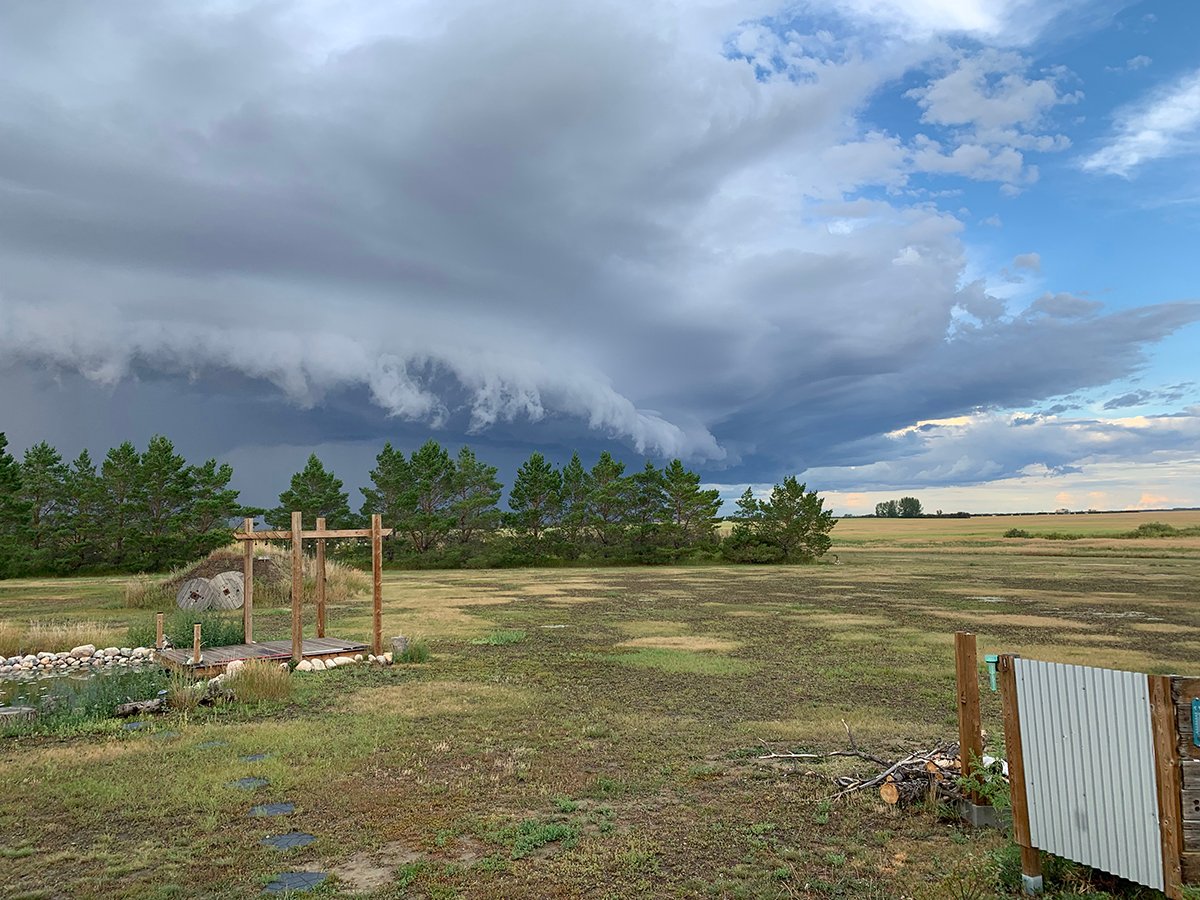Losing the rye futures contract in Winnipeg isn’t a fatal blow to this standby crop, but it does need a champion in order to thrive, says University of Saskatchewan agriculture economist Gary Storey.
Storey and colleague Tom Allen completed a study on the crop for the policy branch of Agriculture Canada this spring. He said the decline in open interest in the Winnipeg contract is a clear signal that it’s not meeting the needs of the those who use the crop.
But Storey says that’s not an issue. “It doesn’t need a futures market.”
Read Also

Storm dynamics and extreme rainfall
Besides moisture, instability and orographic lift, the next biggest factor that contributes to heavy or extreme rainfall is storm dynamics.
The rye market has four distinct segments. The export market, which is mainly Japan, buys about half the Canadian crop annually.
But Storey said the European Union has been successfully selling its surplus rye to the Japanese using subsidies, creating uncertainty about Japan’s loyalty as a reliable buyer in the post-GATT trade era.
The distilling market takes about 15 percent of the rye supply, but Storey says neither it nor the milling market are likely to increase.
That leaves domestic feed as the residual market. “The future of the crop lies in the domestic feed market.”
Ironically, Japan imports rye because it prefers to finish cattle on a cereal crop, and prefers rye because it’s cheaper than wheat and barley.
But cattle feeders in southern Alberta and hog producers in Saskatchewan revealed a negative attitude towards the feed value of rye, its erratic supply and its ergot problems.
Storey’s study said: “The problem for rye, in terms of its availability to compete in the feed market, is that rye will not enter most livestock rations if it is priced more than $10 per tonne above barley.”
Computer modeling showed rye could be priced at $5-6 per tonne more than barley and still be competitively priced in hog finishing rations.
If an organization like the Saskatchewan Winter Cereals Growers, formed early this year, took that message to the feed industry, Storey said it might stimulate demand for the crop.
Farmers also need to learn that rye, when managed properly, has the potential for much higher yields than wheat, and can provide decent returns.
Storey said a pricing solution must encourage a consistent supply and a more stable price for the crop.
He recommended a pilot project be set up, with a grain company contracting with farmers and selling directly to feeders, using a formula-based price relative to barley.














